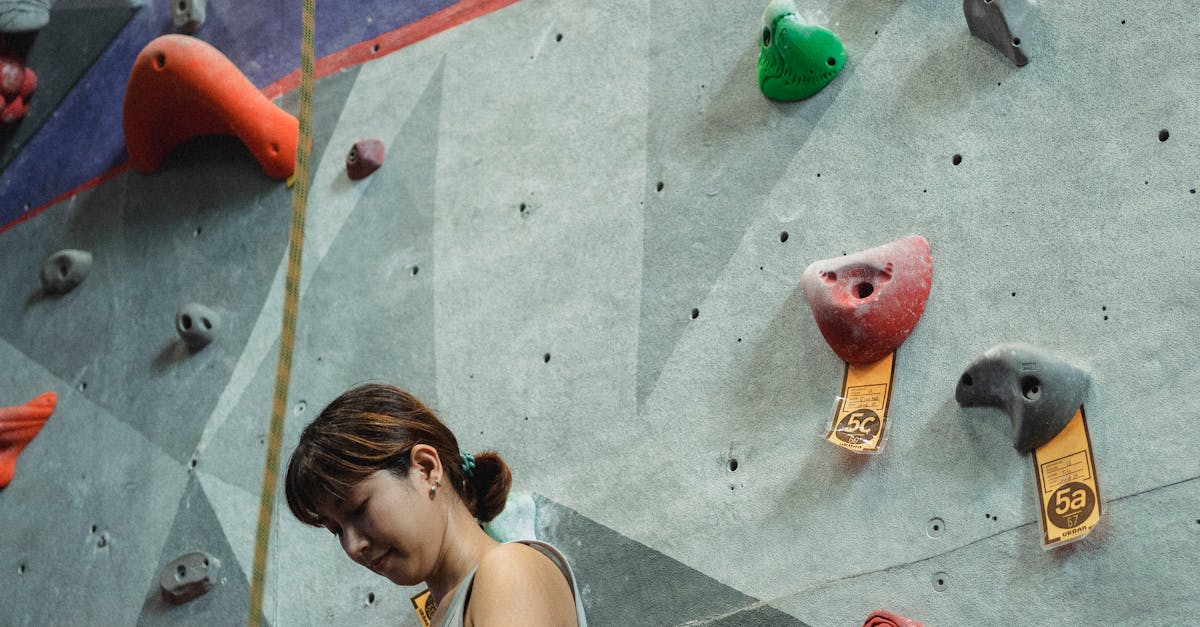What sports does SafeSport cover?

Impact of SafeSport on Athletes
Athletes benefit significantly from the initiatives implemented by SafeSport. Programs designed to educate athletes about their rights foster a culture of awareness. With this knowledge, athletes feel empowered to speak out against any forms of abuse or misconduct. This empowerment leads to a more supportive and trusting environment, allowing athletes to focus on their performance without the burden of fear or uncertainty.
The implementation of SafeSport policies also enhances the overall safety within sports organizations. Increased awareness and training help to identify potential risks before they escalate into harmful situations. These measures contribute to a more positive experience for athletes at all levels. By prioritizing athlete welfare, SafeSport encourages a commitment to integrity and respect in sports.
Promoting Safe Environments
Creating an atmosphere where athletes can thrive requires a commitment to safety and respect. SafeSport programs actively educate participants about abuse prevention, fostering a culture where issues can be addressed openly. Regular training sessions and workshops empower athletes and their support networks to recognize warning signs and take appropriate action.
The emphasis on open communication allows athletes to voice concerns without fear. This approach diminishes the likelihood of misconduct, encouraging a sense of trust between athletes and their coaches. As safe environments take shape, they not only enhance the overall experience for participants but also ensure that the integrity of the sport is preserved.
SafeSport's Role in Coaching
Coaches play a crucial role in shaping the experiences of athletes. Their influence extends beyond skill development; they can also create an atmosphere that prioritizes safety and respect. SafeSport emphasizes the importance of coaches being well-versed in policies related to athlete protection. By adhering to these guidelines, coaches contribute to a culture where athletes feel safe to express concerns and report misconduct.
Training programs provided by SafeSport equip coaches with the necessary tools to foster safe environments. They highlight ethical decision-making, establish boundaries, and address the dynamics of power in coach-athlete relationships. As coaches integrate these principles into their practices, they help reduce the risk of abuse and misconduct. By committing to SafeSport guidelines, coaches not only enhance their effectiveness but also support the overall well-being of their athletes.
Guidelines for Coaches
Coaches play a pivotal role in fostering a safe sports environment. They must be diligent in recognizing and addressing inappropriate behavior and ensuring that athletes are protected from abuse. Comprehensive training programs emphasizing the importance of safe practices are essential. These programs should include clear policies on interactions with athletes, guidelines for reporting misconduct, and procedures for maintaining transparency in all actions.
Furthermore, ongoing education for coaches about the dynamics of power, consent, and healthy relationships is vital. Emphasizing the significance of open communication with athletes can help create bonds founded on trust. Coaches should regularly update their knowledge on SafeSport policies and engage in workshops and seminars. By adhering to these guidelines, coaches contribute to a culture of safety that benefits everyone involved in sports.
Collaborations with National Governing Bodies
The implementation of SafeSport initiatives relies heavily on partnerships with National Governing Bodies (NGBs). These collaborations create a framework for developing policies that prioritize athlete safety. NGBs play a vital role in enforcing SafeSport standards across various sports disciplines. They facilitate training and education programs aimed at coaches, officials, and athletes, ensuring that everyone involved understands the importance of safeguarding measures.
Through these partnerships, NGBs also assist in reporting and response protocols for any violations of safety policies. This alignment helps maintain a consistent approach to athlete protection throughout different sports. Regularly assessing and refining these strategies allows organizations to adapt to new challenges, staying relevant in fostering a secure sporting environment. Communication between SafeSport and NGBs remains critical for ongoing success in promoting safe participation in athletics.
Partnerships for Enhanced Protection
National Governing Bodies (NGBs) play a crucial role in the success of SafeSport initiatives. By aligning with SafeSport, these organizations create a framework that prioritizes athlete safety across various sports. This collaboration facilitates the development and implementation of policies aimed at preventing abuse and misconduct. Participation in SafeSport programs often requires NGBs to adopt training and education models that promote awareness among athletes, coaches, and officials.
These partnerships not only enhance protection for athletes but also foster a culture of accountability within sports organizations. By leveraging the expertise of SafeSport, NGBs can provide resources for better reporting mechanisms and support systems. The focus remains on creating a comprehensive approach that ensures all participants in sports can compete in a safe and respectful environment. As these collaborations expand, the potential for broad-reaching impact on athlete welfare becomes increasingly evident.
FAQS
What sports are included under SafeSport?
SafeSport provides coverage for a wide range of sports, including but not limited to Olympic and Paralympic sports, youth sports, and collegiate athletics.
How does SafeSport ensure athlete safety across different sports?
SafeSport establishes comprehensive policies, guidelines, and training programs to promote safe environments, address misconduct, and protect athletes across various sports.
Are there specific SafeSport guidelines for each sport?
While SafeSport offers overarching guidelines applicable to all sports, specific National Governing Bodies (NGBs) may implement tailored policies to address the unique challenges and needs of their respective sports.
Does SafeSport cover sports at the recreational level?
Yes, SafeSport extends its protections and resources to recreational sports, particularly those involving youth athletes, to ensure safety and foster a positive sporting experience.
How can athletes and coaches learn more about SafeSport policies for their specific sport?
Athletes and coaches can visit the SafeSport website or their respective NGB’s website for detailed information on policies, training resources, and guidelines specific to their sport.
Related Links
Who needs to complete SafeSport?What are four specific requirements of becoming a safe sports school?
REGAIN STRENGTH AND MOBILITY: BEST EXERCISES FOR REHABILITATION AFTER BACK SURGERY IN NYC
How do I login to SafeSport?